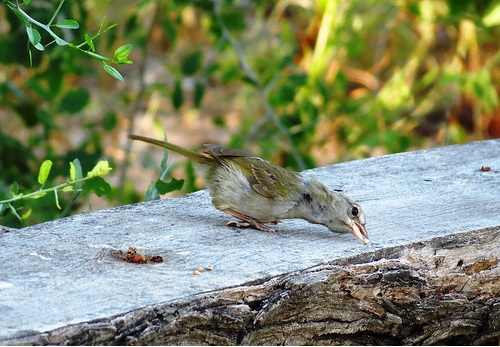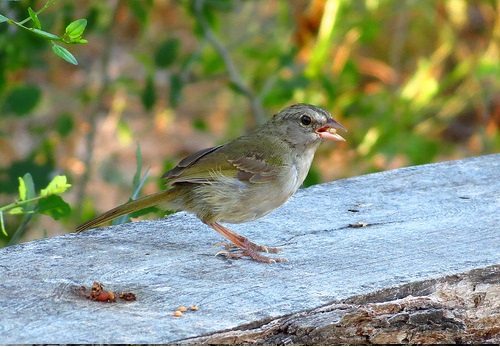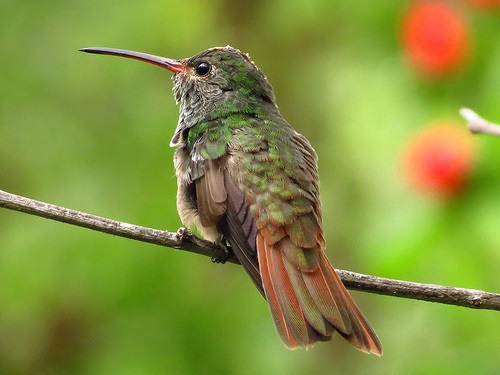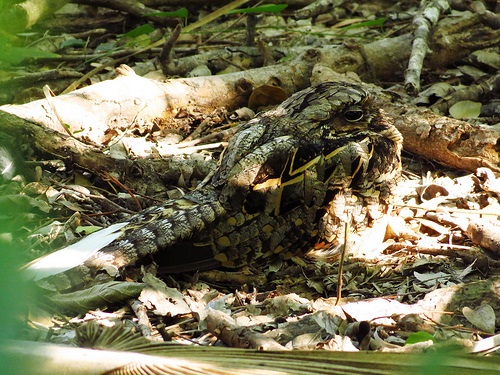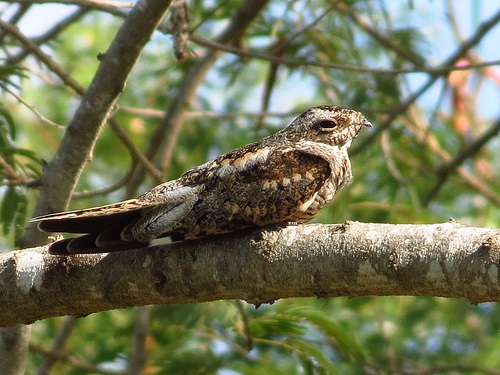
Green Herons often wait quietly by the water’s edge for prey to come close before striking out to snatch a quick meal.
This morning’s Songbird Stroll wowed us with birds of the waters’ edge and deep forest! Quinta Mazatlan World Birding Center is known for its meandering wooded trails that delight nature enthusiasts of all types. The native landscaping provides homes for butterflies, birds, mammals, and the many lizards that call these woods home sweet home. Quinta Mazatlan also has several small water features that are each ecologically important and unique in their own way. Ruby Pond provides good fishing grounds for the Green Heron who visits this body of water. Did you know that Green Herons will place small floating lures on the water surface to attract the fish they eat?
Near Ruby Pond are several hummingbird feeders which attract quite the crowd these days. As the days progress into peak fall migration, we will be going through large quantities of nectar every day as dozens of hummingbirds stock up on this feast.

Stilt Sandpipers breed in the northern tundra. The majority of the population will migrate through the central part of the United States, passing just west of the Mississippi River, and they will eventually end up in the central parts of South America where they will spend the winter months.
Another treat this morning was seeing six Stilt Sandpipers fly by. This beautiful shorebird species is migrating right now. With a careful eye you’ll see the dark wings, slightly decurved bill and pale underside of this shorebird species.

Here an Olive Sparrows hits the spot by scratching its chin. You can see the band that has been placed on this bird’s left leg. Researchers use this individual identification of birds to study migration, behavior, life-span, and survival rate.
Join us for the Songbird Stroll every Tuesday and Saturday morning 8am – 9:30am. The walk is included with general admission.

These young White-winged Doves show off their pale faces and pink bills, a feature found during their earlier stages of life. They will be darker-faced and darker-billed as their adult plumage comes in.
Here is the eBird list from this morning’s Songbird Stroll.
Plain Chachalaca 15
Green Heron 1
Stilt Sandpiper 6
Rock Pigeon (Feral Pigeon) 4
Inca Dove 10
White-tipped Dove 2
White-winged Dove 18
Mourning Dove 4
Groove-billed Ani 7 Family group seen across from the casita (at the entrance of Quinta Mazatlan)
Common Pauraque 1
Chimney Swift 5
Ruby-throated Hummingbird 1
Buff-bellied Hummingbird 4
Golden-fronted Woodpecker 3
Ladder-backed Woodpecker 1
Green Parakeet 4
Great Kiskadee 5
Couch’s Kingbird 1
White-eyed Vireo 1
Green Jay 2
Cave Swallow 10
Clay-colored Thrush 3
Curve-billed Thrasher 2
Northern Mockingbird 5
European Starling 3
Olive Sparrow 8
Northern Cardinal 1
Great-tailed Grackle 4
Lesser Goldfinch 3
House Sparrow 20
Good birding,
Erik Bruhnke



 This juvenile Buff-bellied Hummingbird is growing its tail. Those wings look so long without having a nearby tail!
This juvenile Buff-bellied Hummingbird is growing its tail. Those wings look so long without having a nearby tail!










































